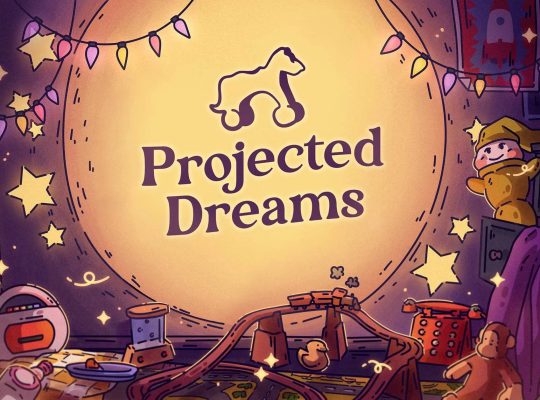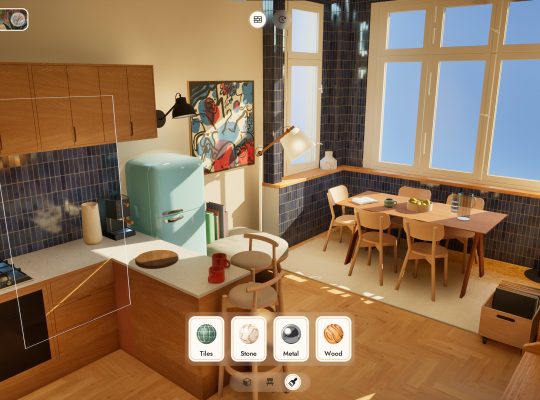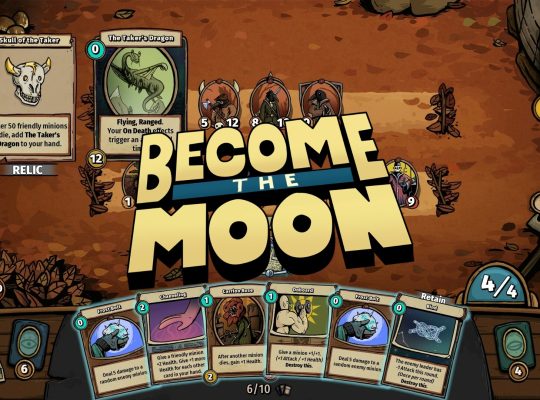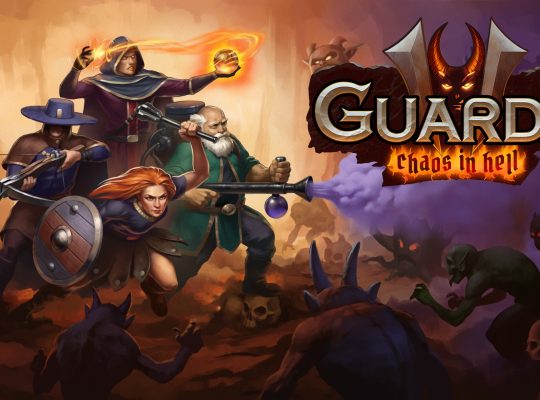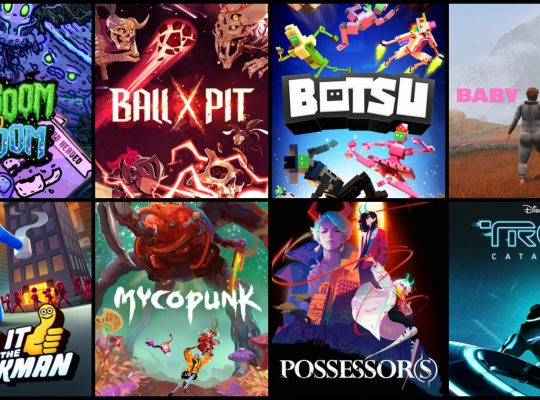- DEVELOPER: Harebrained Schemes
- PUBLISHER: Paradox Interactive
- PLATFORMS: PC, Xbox Series X/S
- GENRE: Stealth / Turn-based Strategy
- RELEASE DATE: October 3, 2023
- STARTING PRICE: 49,99€
- REVIEWED VERSION: PC
Just before The Lamplighters League was delisted from Xbox Game Pass last March, I decided to give it a try. As a longtime fan of Paradox Interactive, or at least, I used to be, back when they released solid titles instead of the half-baked games and overpriced DLCs we see today, I was curious. A turn-based tactical game like XCOM can be great when executed well. While Harebrained Schemes did a decent job, The Lamplighters League falls short of justifying its €50 price tag.
Before diving deeper into this 1930s-inspired adventure, a mix of Indiana Jones charm and Call of Cthulhu-esque lore, it’s worth noting that The Lamplighters League stumbled both commercially and critically. Harebrained Schemes, the studio behind the game, no longer holds any IP rights on this title after their partnership with Paradox ended last year (massive layoffs at the studios), leaving only their name on the Steam store page as a remnant.
Playing it on Xbox Game Pass only reinforced my suspicion that the game was left to die; bugs still plague the experience, some even game-breaking. Despite this, The Lamplighters League has genuinely great ideas at its core. The tactical gameplay is solid, and the loop is engaging enough to satisfy fans of the genre. But as it stands, the game lacks the polish needed to justify full price. If you’re a fan of turn-based strategy and can overlook its rough edges, it’s still worth a play, just preferably at a discount.
A Tale of Two Modes
The game mixes real-time stealth with turn-based combat, connected by a strategic world map. You lead a team of three (sometimes four) agents from a crew of ten unique characters. Each has specialized roles and those include stealth experts, gadget specialists, and heavy hitters, all working to stop the Banished Court’s doomsday plans.
Missions start with stealth, you sneak through handcrafted maps like jungles, dockyards, or museums, thinning enemy ranks before the real fight begins. You can knock out guards, sabotage alarms, or use environmental hazards (oil slicks, explosive barrels), aiming for a Commandos or Shadow Tactics vibe. But stealth is clunky: line-of-sight is unreliable, enemies spot you through walls or from miles away, and the AI is dumb, often breaking cover or getting stuck.
The “strategic prep” feels like busywork, mechanics like lockpicking and disguises barely matter, and maps are too flat for smart positioning. Stealth takedowns lack depth; Lateef can silently kill from behind, but most abilities are too limited to rely on. You quickly realize brute force works better as stealth is only good for setting up your attack, not avoiding fights entirely.
When combat starts, it switches to an XCOM-style grid system. Each agent gets two action points (AP) per turn for moving, shooting or using abilities – upgradeable later. he real fun comes from combining your agents’ skills, finding clever ways to make their abilities work together keeps every character feeling valuable. A stress system spices things up, take too many hits or face supernatural attacks and characters (even enemies) may panic, losing AP or suffering breakdowns you can exploit for instant kills. Surprisingly, there’s no issue here – it’s genuinely fun.




Fun Fights, Repetitive Maps
You get to fight against normal enemies, elite enemies, and bosses, all of which are introduced gradually. The game starts with small melee foes before introducing snipers and unique creatures, each bringing something distinct to the table. There are multiple ways to approach them, showcasing well-crafted design in this regard. However, the biggest issue arises in the mission structure. The gameplay becomes overly repetitive due to recycled maps, and the difficulty spikes unevenly. Early fights are breezy, but later ones overwhelm you with indestructible teleporters that spawn endless reinforcements.
Between missions, a world map shows the Banished Court’s three factions called Scions advancing their doomsday clock. You choose missions to gather resources such as gold, intel or slow their progress, while benched agents can be sent on auto-resolved expeditions for extra rewards. The risk-reward balance works well: do you prioritize supplies or delay the enemy?, but the grind sets in as side missions overshadow the main story, and the Scions’ threat lacks narrative weight.
Agent progression uses equippable cards, offering some customization. While the card pool is shallow and unlocks are RNG-dependent, limiting build variety, the skill system still works well. Most upgrades are just stronger versions of the same skills, but they matter as getting stronger becomes crucial. Unlocking new characters lets you trade for items that change how your team functions, like extra armor, healing options, or critical damage boosts. There’s room to experiment, but you’ll usually stick to what you know works best.
My biggest issue is how quickly time progresses. The main story unfolds over time, and missions grow increasingly difficult, but I wish we could tackle more in a single day, like completing two big missions at once without advancing time. There’s so much to explore early on, and this pacing issue stretches the game significantly. Whether you enjoy it or not, you’ll easily find yourself sinking over 50 hours into it.




Forgettable Story
The writing embraces pulpy noir but stays shallow. characters banter well yet never outgrow their archetypes. Additionally, the plot hints at cosmic stakes, such as a tower at the end of the world or ancient horrors, but plays out as a linear march with little player impact or payoff. Multiple endings exist, tied to last-minute choices, but they’re forgettable. Without a strong overarching story, the game feels like disconnected episodes. It’s entertaining at the beginning, but lacks the emotional weight or depth.
I ended up skipping most character dialogue, it just didn’t feel important. Without voice acting, reading through walls of text wasn’t appealing, and none of the characters really grabbed me. Where the game shines is the character control. As mentioned, before combat, you can freely switch between agents, position them strategically, and move around in third-person. The scouting mode that lets you plan your approach is particularly well done. These mechanics are solidly implemented.
Visually, The Lamplighters League delivers its 1930s style perfectly. Maps dazzle with art deco hideouts and torch-lit ruins, brought to life in vibrant painterly 3D. Also, every character pops with personality, from fedora-wearing rogues to rune-covered occultists. Combat animations impress too and there’s this unique charm to the game that makes it appealing to the eye.
However, I can’t believe that after a year and a half since release, some bugs still haven’t been fixed. I’ve encountered numerous issues, characters getting permanently stuck in animations forcing complete restarts, severe FPS drops when too many enemies spawn at once, and collectible items failing to highlight properly making resources and consumables easy to miss. These persistent problems really hurt the experience in the long run.




Still Worth To Play In 2025?
If you’re a fan of the genre, I’d recommend picking it up on sale, especially since it’s no longer on Xbox Game Pass. It’s not worth the full €50 price tag, as it falls short of AA standards. While the combat is solid, everything surrounding it feels mediocre at best. The issue also lays in the fact that Harebrained Schemes’ last two series Battletech and Shadowrun were both sci-fi games. So it’s strange they pivoted to a 1930s secret society setting that is not either WWI or WWII.
The Lamplighters League is a bold but flawed experiment. Its fantastic premise (1930s adventurers vs. occult threats) delivers moments of fun through turn-based combat and graphical style, but gets weighed down by clunky stealth, repetitive missions, and technical issues. Despite its potential, it underperformed commercially (called a “big disappointment” by Paradox) and critically, failing to measure up to classics like XCOM or Battletech. Nevertheless, when it works, it’s a really fun game, otherwise, don’t expect something that’s new and fresh.
| Pros | Cons |
|---|---|
| Charming characters and art style. | Missions and maps are repetitive. |
| Good turn-based combat. | Lots of bugs and technical problems. |
| Each character has their own skills and ways of playing. | Mediocre stealth elements. |
| For fans of the genre. | It gets grindy after a while. |
3.2




